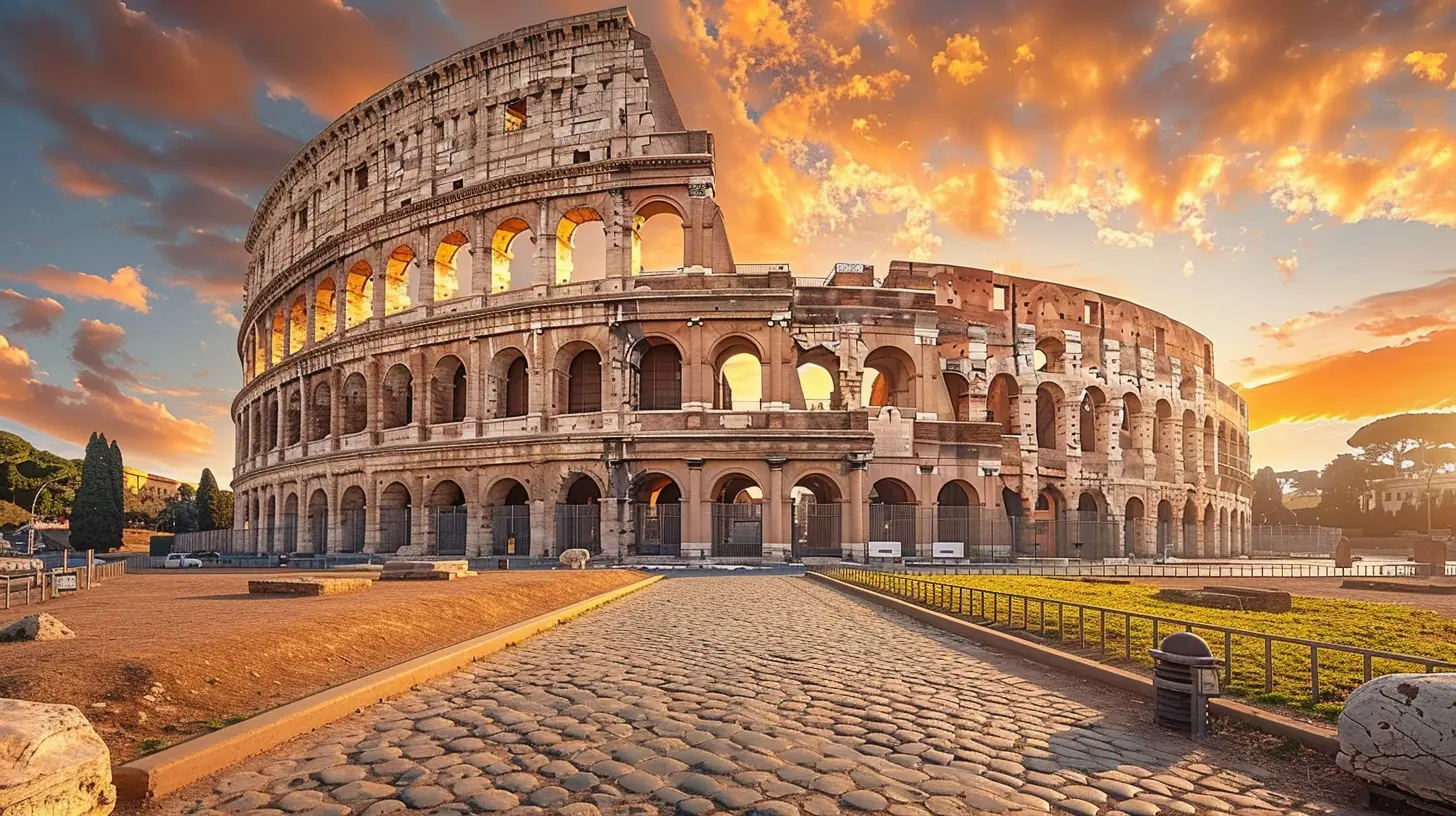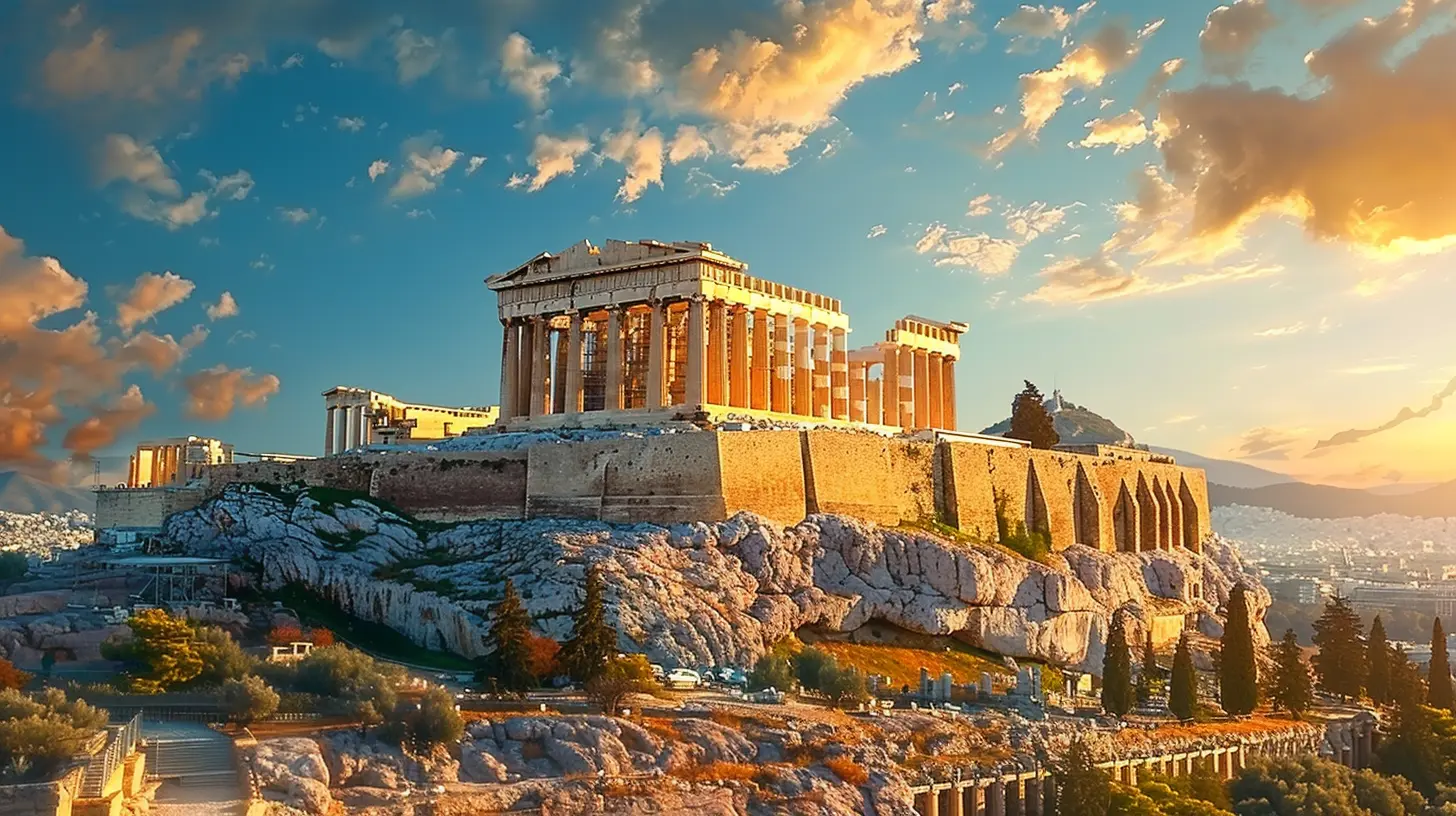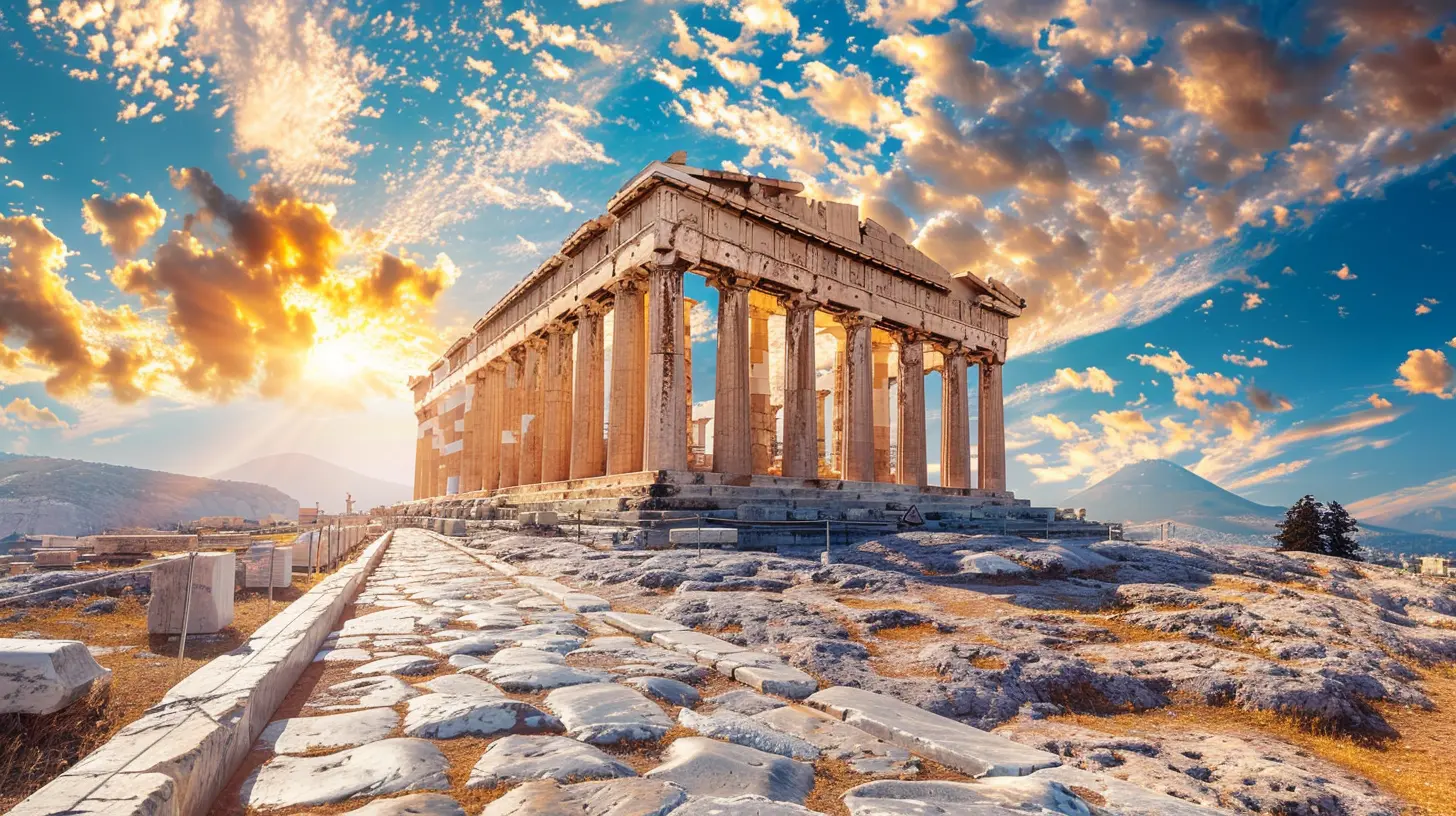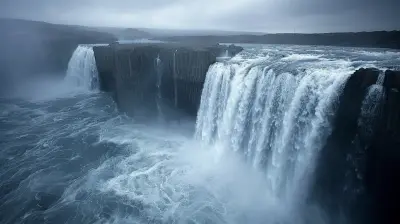Reliving the Glory of Ancient Empires
13 June 2025
History isn’t just about dusty books and old ruins. It’s a testament to the rise and fall of mighty civilizations that shaped the world we live in today. From the grandeur of Rome to the mystique of the Pharaohs, ancient empires built cities, crafted art, waged wars, and left legacies that still influence us.
But have you ever wondered what it would be like to walk through these lost worlds? To stand where emperors commanded legions, where philosophers debated ideas, or where traders crossed vast deserts with camel caravans? Well, you’re in for a journey through time as we relive the glory of ancient empires.

The Roman Empire: Where Roads Led to Power
Few civilizations have left such an undeniable mark on history as the Roman Empire. Stretching from Britain to the Middle East, Rome was the heart of innovation, governance, and military supremacy.Walking in the Footsteps of Emperors
Visiting Rome today is like stepping into a living museum. The Colosseum, once a battleground for gladiators, still stands as a colossal reminder of Roman engineering and entertainment. The Roman Forum, once the bustling center of political life, lets you imagine senators debating policies that shaped the empire.And let’s not forget the Pantheon—a marvel of architecture with a dome so perfectly crafted that even modern engineers admire its design. Rome wasn’t just a city; it was an empire’s beating heart.
The Legacy That Shaped the Modern World
Did you know that our modern roads, legal systems, and even plumbing owe much to the Romans? Their pioneering spirit in governance and infrastructure still echoes in many aspects of our lives. Walking through the streets of Rome today, you realize that the phrase “all roads lead to Rome” isn’t just a saying—it’s a reality carved in stone.
Ancient Egypt: The Land of Pharaohs and Mysticism
If Rome was about power and expansion, Egypt was about mystery and divine rule. The Pharaohs weren’t just kings; they were seen as gods on Earth. Their obsession with the afterlife led to some of the world’s most astonishing monuments.Standing Before the Pyramids
The Pyramids of Giza are more than just tourist attractions—they’re time capsules from an era of unparalleled ambition. The Great Pyramid, once the tallest man-made structure for nearly 4,000 years, still puzzles scientists with its precision.And while we marvel at the engineering, the Valley of the Kings offers something even more intimate. The tomb of Tutankhamun, with its golden treasures, gives a glimpse into the lavish afterlife preparations of Egypt’s rulers.
Hieroglyphs: Stories from the Past
Unlike other civilizations, Egypt’s legacy is literally written in stone. Hieroglyphs are more than just ancient scribbles; they are records of conquests, divine encounters, and everyday life. Walking through Karnak Temple or the walls of Luxor, you feel like you’re reading a history book—except the pages are carved in stone.
The Mayan Civilization: Masters of Astronomy and Architecture
Heading across the ocean, the Mayans were a civilization ahead of their time. From towering pyramids hidden in jungles to their precise knowledge of celestial movements, they were both scientists and warriors.Chichén Itzá: A City of Wonders
One of the most visited Mayan sites today, Chichén Itzá, was once a thriving city. The Temple of Kukulcán, also known as El Castillo, isn’t just an impressive pyramid—it’s a calendar carved in stone. During the equinox, the setting sun creates the illusion of a serpent slithering down its steps, showcasing the Mayans' deep understanding of astronomy.The Lost Cities of the Jungle
Unlike other ancient empires, many Mayan cities were swallowed by dense jungles, only to be rediscovered centuries later. Places like Tikal in Guatemala offer a hauntingly beautiful experience. Imagine standing atop a temple, with the jungle canopy stretching endlessly around you, just as it did for the Mayans hundreds of years ago.
The Persian Empire: The First Superpower of the World
Long before Rome, there was Persia. Spanning from the Balkans to India, the Persian Empire was a land of wealth, innovation, and diplomacy.Persepolis: The City of Kings
The ruins of Persepolis tell the story of an empire that valued grandeur. Built by Darius the Great, this city was once the ceremonial capital of Persia. Towering columns, intricate carvings, and massive gates make you feel as if you’ve stepped into a place where kings once stood.The Persian Influence on Culture
Persians weren’t just warriors—they were visionaries. Their influence stretched into art, literature, and governance. The postal system? The Persians pioneered it. Cultural tolerance? The Persian kings allowed different religions and traditions to coexist, making their empire a melting pot of ideas.The Mongol Empire: Conquerors on Horseback
If there was one empire that truly reshaped the world map, it was the Mongols. Under Genghis Khan, they built the largest contiguous empire in history, spanning from China to Eastern Europe.The Legacy of Genghis Khan
Contrary to their brutal reputation, the Mongols were also great administrators. They established the Silk Road trade network, connecting East and West like never before. Today, you can follow the remnants of these trade routes, visiting places where merchants once exchanged goods, ideas, and cultures.Mongolia Today: Echoes of the Past
Mongolia may no longer be an empire, but it still carries the spirit of its ancestors. A visit here feels like stepping into another era, with vast open steppes, nomadic culture, and the lingering influence of the great Khans.
The Byzantine Empire: The Bridge Between Worlds
Often overshadowed by Rome, the Byzantine Empire was its direct descendant, carrying forward its legacy while blending Greek, Roman, and Eastern influences.Hagia Sophia: A Monument of Power
Once a church, then a mosque, and now a museum, Hagia Sophia in Istanbul is a symbol of the Byzantine Empire’s incredible history. Its massive dome and stunning mosaics tell the story of an empire that was both religiously and politically significant.Constantinople: The City That Defied Time
Now known as Istanbul, Constantinople was once the wealthiest city in Europe. Walking its streets, visiting the remnants of the Theodosian Walls, and stepping into the Grand Bazaar, you still feel the echoes of a time when the Byzantine Empire was the center of the world.Why Ancient Empires Still Matter
Why do we keep looking back at these ancient civilizations? Because their stories are our stories. Their discoveries shape how we live today. Their mistakes serve as warnings. And their achievements remind us of what humanity is capable of.Each ancient empire had its own strengths, its own golden age, and eventually, its fall. But their legacies remain—etched in stone, whispered in legends, and carried forward by those who still walk their ancient paths.
So, if you want to relive the glory of ancient empires, there’s no better way than to visit their ruins, immerse yourself in their history, and let your imagination transport you to a time when these mighty civilizations ruled the world.
all images in this post were generated using AI tools
Category:
Historical SitesAuthor:

Kelly Hall
Discussion
rate this article
2 comments
Evangeline Murphy
Explore the fascinating remnants of ancient empires and immerse yourself in their enduring legacies!
June 18, 2025 at 2:16 AM

Kelly Hall
Thank you! Discovering ancient empires truly enriches our understanding of history and their lasting impact on our culture today.
Kevin McFee
What a beautiful tribute to the wonders of ancient empires! Your vivid descriptions transport me back in time, igniting a deep appreciation for history. Thank you for inspiring us to explore and cherish our world's rich heritage.
June 16, 2025 at 3:17 PM

Kelly Hall
Thank you so much for your kind words! I'm thrilled to hear that my piece inspired such an appreciation for our rich heritage.


